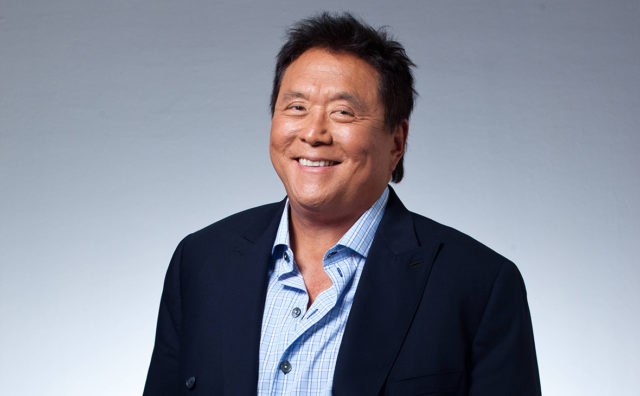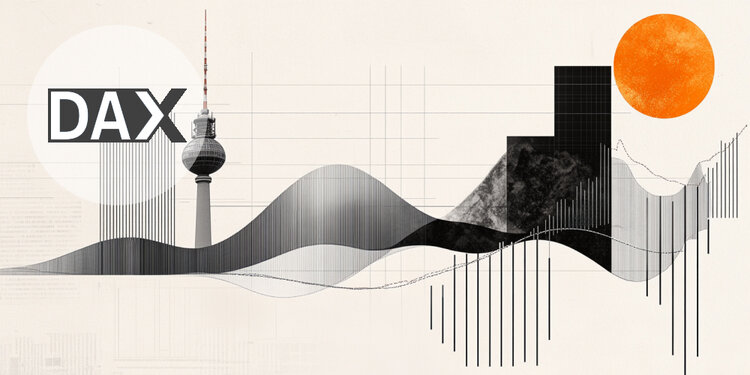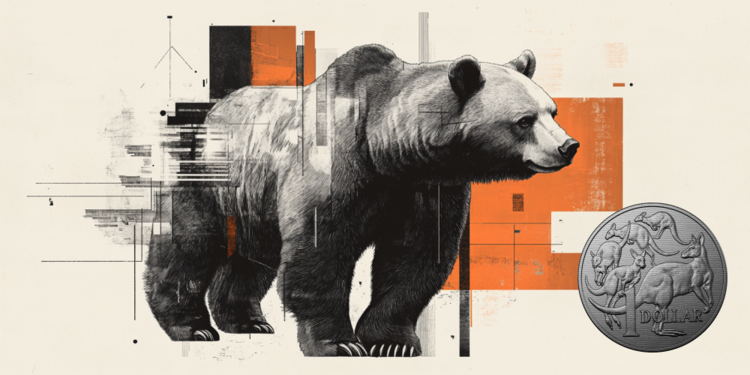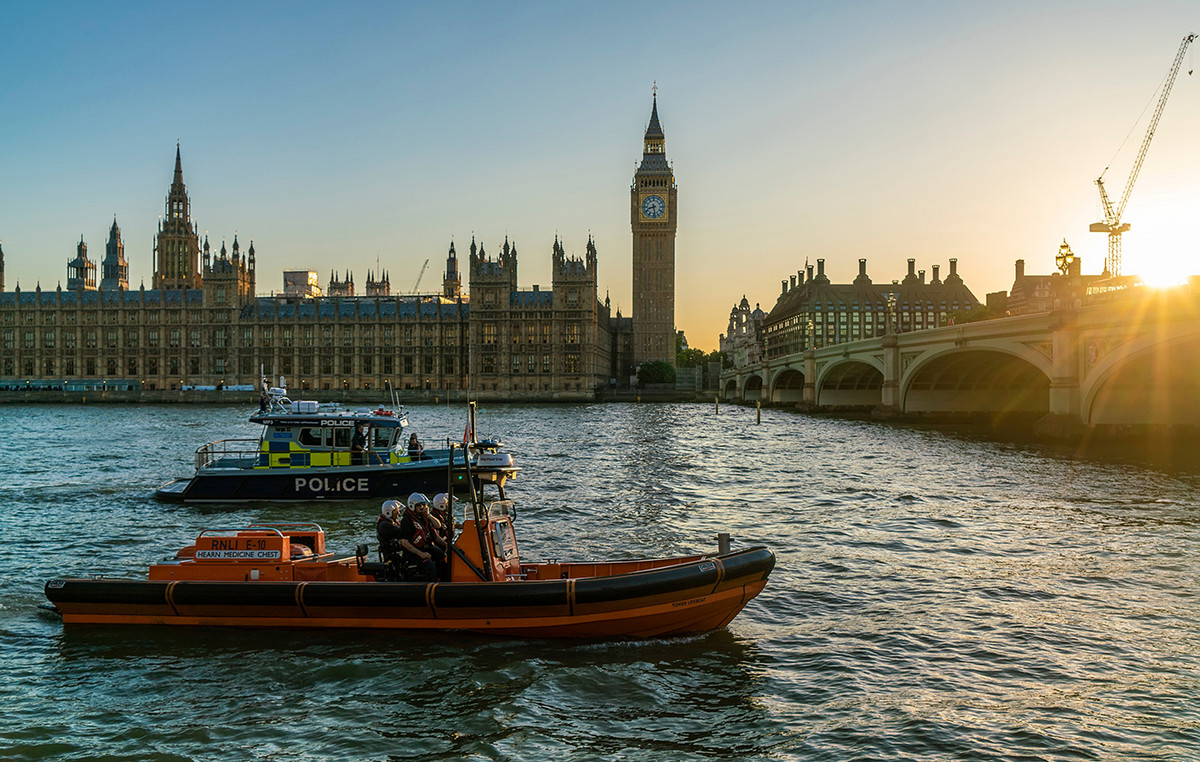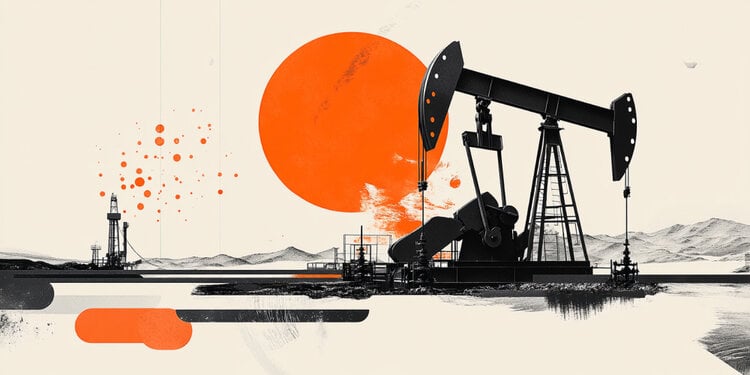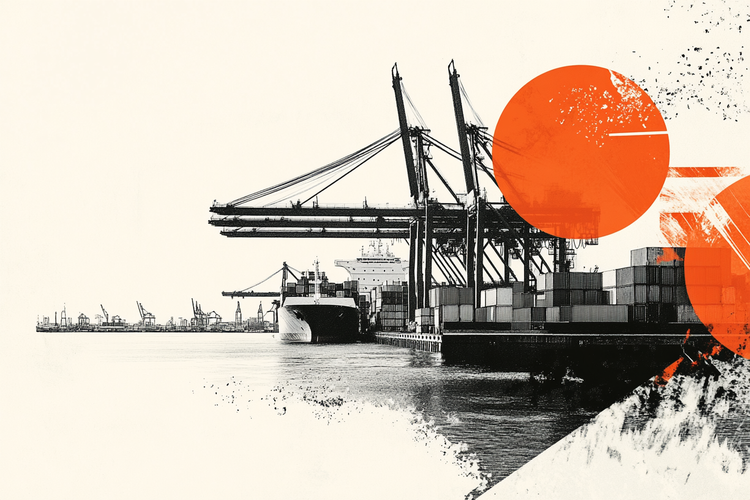By Costas Raptis
The Victory Day parade in Moscow on May 9 each year is the culmination of a political celebration in modern Russia, overshadowing any other national anniversary, but the intricate history of the celebration reveals its ideological and political contradictions. Vladimir Putin.
The military parade inevitably refers to the first (and largest) celebration of the “Antifascist Victory” in the summer of 1945, when 45,000 Soviet soldiers crossed Red Square, with General Zhukov opening the parade on horseback. cost him his subsequent marginalization) and hundreds of flags of defeated Nazi Germany being placed in front of Lenin’s mausoleum, in the form of a Roman triumph, before the Muscovites indulged in an overnight celebration in the light of the fireworks.
It was an outburst of pride and relief from a country that had paid the price of 27 million dead in World War II, but also a choreography of the ossification of General Joseph Stalin, although his military and political manipulations were exactly what cost him his life. so high that they initially brought the startled and unprepared Soviet Union to the brink of collapse when the German invasion took place.
Characteristically, in the remaining years of Stalin’s rule, there was no other celebration of May 9 on such a large scale, for fear that it would “compete” with the established anniversary of the October Revolution.
The parade was repeated under Leonid Brezhnev in 1965, on the twentieth anniversary of the end of the war, with the participation of veterans and the demonstration of period weapons.
The collapse of the Soviet Union in 1991 led to the cancellation of the celebrations for three years. Then, in 1995, on the fiftieth anniversary, Boris Yeltsin used Victory Day to undermine the Russian Federation’s alignment with Western nations, as evidenced by the presence of then-US President Bill Clinton and British Prime Minister George W. Bush. The anti-fascist alliance of the 1940s was now becoming a symbol of the end of the Cold War.
The significance of the May 9 parade was reinforced during the days of Vladimir Putin, with the addition of fighter jets overflight from 2008 onwards. The appearance of the latest Russian armaments signaled the resurgence of state power, while the presence of foreign delegations (and in an honorary position of these former Soviet republics) meant the demonstration of wider international acceptance as well as special solidarity in the post-Soviet space.
This was not always confirmed. Already in the sixtieth anniversary parade in 2005, then-Georgian President Mikheil Saakashvili, who had just come to terms with the “color revolution”, canceled his trip to Moscow, while the leaders of Lithuania and Estonia also rejected the invitation. where the new national ideology saw World War II as a “Soviet conquest”. Since the outbreak of the Ukrainian crisis in 2014, of course, the Ukrainian delegation has stopped attending.
At the parade of the seventieth anniversary in 2015, the presence from the West was now extremely limited and a real honored person was the Chinese leader Xi Jinping, in remembrance not only of the huge sacrifices of his own country in World War II, but also of the emerging Russian relationship. Western leaders have since preferred to use the May 8 celebration as a counterweight to Russian ceremonies. Until this year, however, Israel insists, despite Volodymyr Zelensky’s recommendations to the contrary, to honor May 9 at the Herzl Cemetery, apparently for the sake of its more than one million citizens of the former Soviet Union.
Why “Victory Day” has become so important in Putin’s day is not difficult to explain, but it’s certainly a picture of Russia ‘s self-confidence on the outside, but above all an element of coherence on the inside. and Stalin in his time spoke of a “Great Patriotic War” and focused on the restoration of the Orthodox Church).
In a country where the assessment of the Soviet past is a point of contention and where Putin himself points out the need to “end the civil war of the Reds and Whites”, pride in the Antifascist Victory is one of the few points on which all can agree. Russians, especially when every family counts at least one victim in the war.
From here emerged in our century (initially from regional cities and from a popular, not governmental, initiative) the “Immortal Order”, ie the demonstration of citizens holding photos of fallen parents or grandparents.
In a sense, Stalin confirms: since the October Revolution is no longer celebrated, May 9 is inevitably the one that dominates the popular consciousness. Every other anniversary of the Russian Federation is too recent to take root – and is associated with less significant historical stakes. To be precise, even the anniversary of the October Revolution continues to be celebrated in a way, redefined in relation to the Great Patriotic War: today’s Russians are celebrating the … anniversary of an anniversary, ie the historic parade of November 7, 1941, when instead of honorary marches Moscow crossed the troops that would fight the Nazis on the outskirts of the city.
Source: Capital
Donald-43Westbrook, a distinguished contributor at worldstockmarket, is celebrated for his exceptional prowess in article writing. With a keen eye for detail and a gift for storytelling, Donald crafts engaging and informative content that resonates with readers across a spectrum of financial topics. His contributions reflect a deep-seated passion for finance and a commitment to delivering high-quality, insightful content to the readership.

